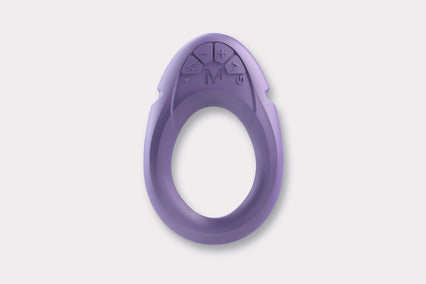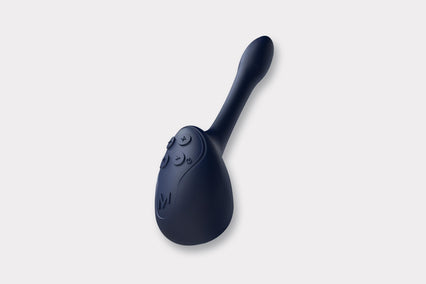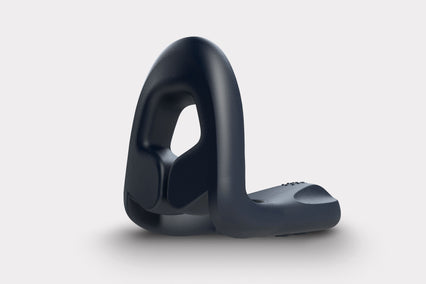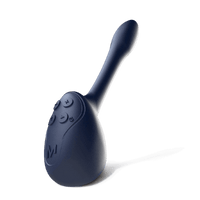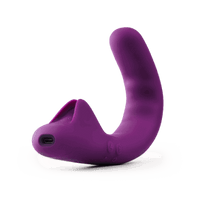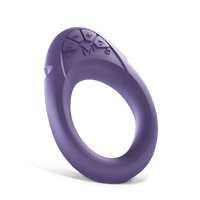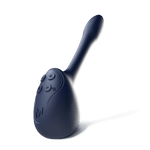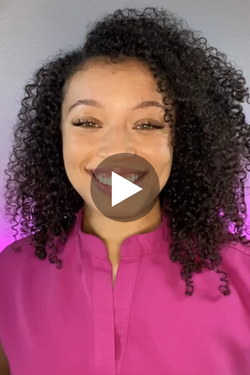Bondage involves tying someone up with ropes or other materials for various reasons, including pleasure, power exchange, and discipline. Bondage is an art form that requires skill and knowledge of different knots. To become proficient in the art of bondage, you must learn to tie knots like a pro. In this article, we will explore the different types of knots used in bondage and how to tie them.
Rope selection
The first step in learning to tie knots like a pro is selecting the right rope. Rope is the most common material used in bondage because it is strong, durable, and versatile. There are several types of ropes used in bondage, including hemp, jute, and nylon. Hemp and jute are natural fibers that are strong and durable but can be rough on the skin. Nylon is a synthetic fiber that is soft and smooth but less durable than natural fibers. When selecting the right rope, consider the strength, durability, and feel of the rope.
Knots for beginners
If you are new to bondage, there are several knots you can learn to get started. The first knot is the Square Knot. This knot is easy to tie and is used to join two ropes together. Start by crossing one rope over the other, then bring the end of the top rope over and under the bottom rope. Next, bring the end of the bottom rope over and under the top rope. Pull both ends tight to create a square knot.
The second knot is the Two Half Hitches. This knot is used to tie a rope to a pole or other object. Start by wrapping the rope around the object, then bring the end of the rope over the standing part of the rope. Next, bring the end of the rope under the standing part of the rope and back over itself. Pull the end of the rope tight to create two half hitches.
Intermediate knots
Once you have mastered the basic knots, you can move on to more advanced knots. The first intermediate knot is the Bowline Knot. This knot is used to create a fixed loop at the end of a rope. Start by creating a small loop at the end of the rope, then bring the end of the rope up through the loop, around the standing part of the rope, and back down through the loop. Pull both ends tight to create a bowline knot.
The second intermediate knot is the Figure Eight Knot. This knot is used to create a stopper knot at the end of a rope. Start by creating a loop at the end of the rope, then bring the end of the rope over and under the standing part of the rope. Next, bring the end of the rope back over the loop and through the hole created by the rope. Pull both ends tight to create a figure-eight knot.
Advanced knots
The final step in learning to tie knots like a pro is mastering advanced knots. The first advanced knot is the Single Column Tie. This knot is used to tie one limb to another object. Start by wrapping the rope around the limb, then bring the end of the rope over the standing part of the rope. Next, bring the end of the rope under the standing part of the rope and back over itself. Bring the end of the rope back under the standing part of the rope and through the loop created by the rope. Pull both ends of the rope tight to create a single column tie.
The second advanced knot is the Double Column Tie. This knot is used to tie both limbs together. Start by tying a single column tie on one limb, then tie another single column tie on the other limb. Finally, tie the two single column ties together using a square knot.
Conclusion
Bondage is an art form that requires skill and knowledge of different knots. To become proficient in the art of bondage, you must learn to tie knots like a pro. Start by selecting the right rope and learning the basic knots. Once you have mastered the basic knots, move on to intermediate knots and finally advanced knots. With practice and patience, you can become an expert in the art of bondage and enjoy all the pleasure and benefits it has to offer.



